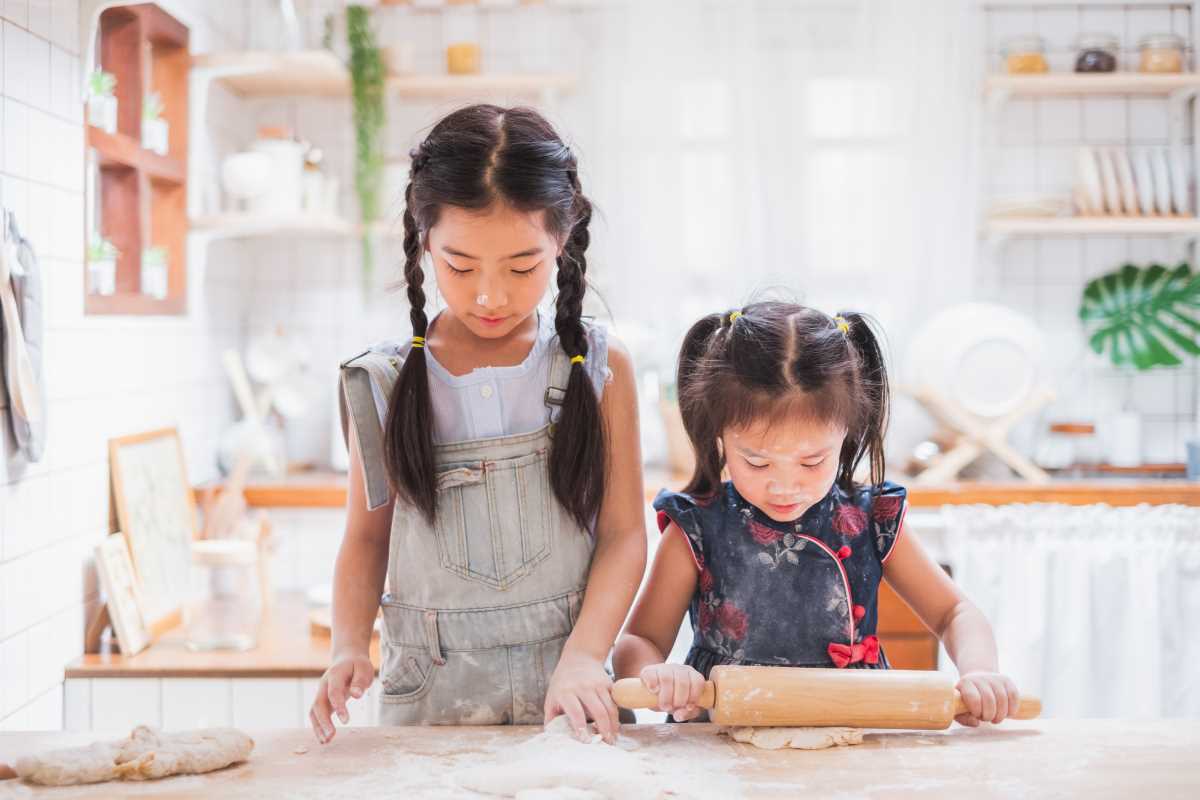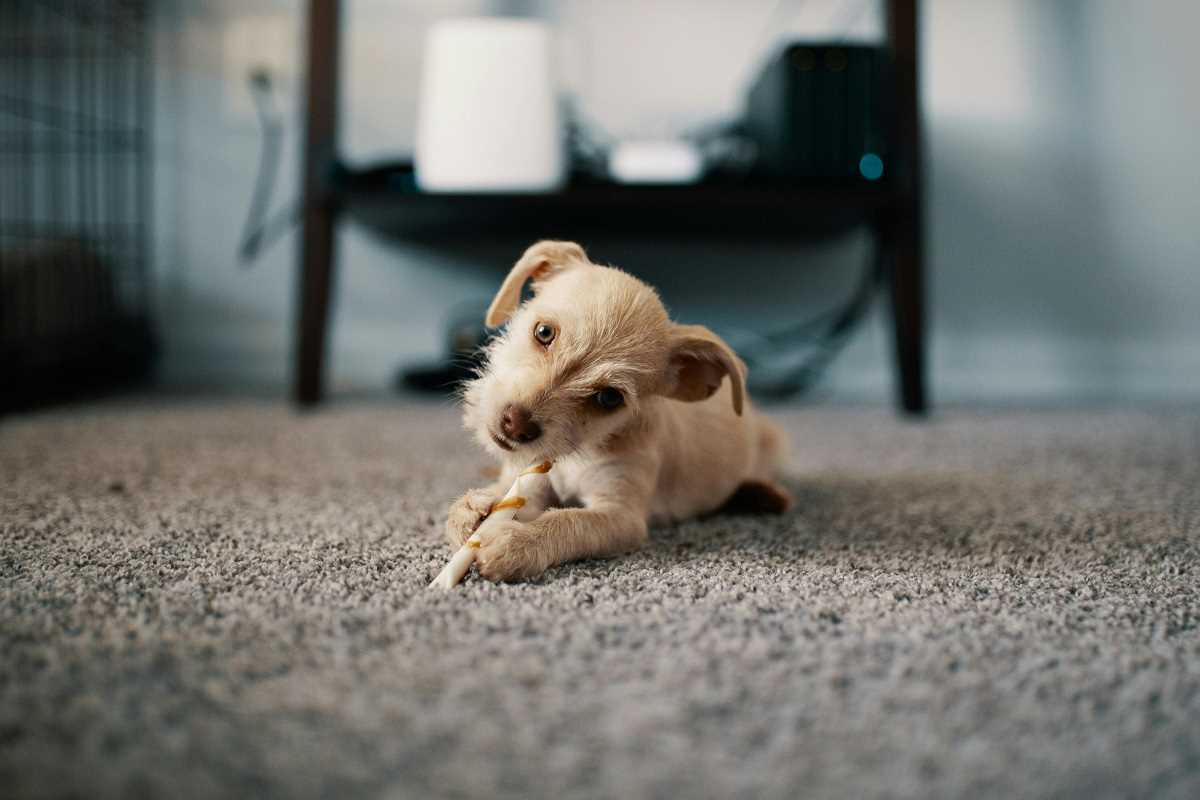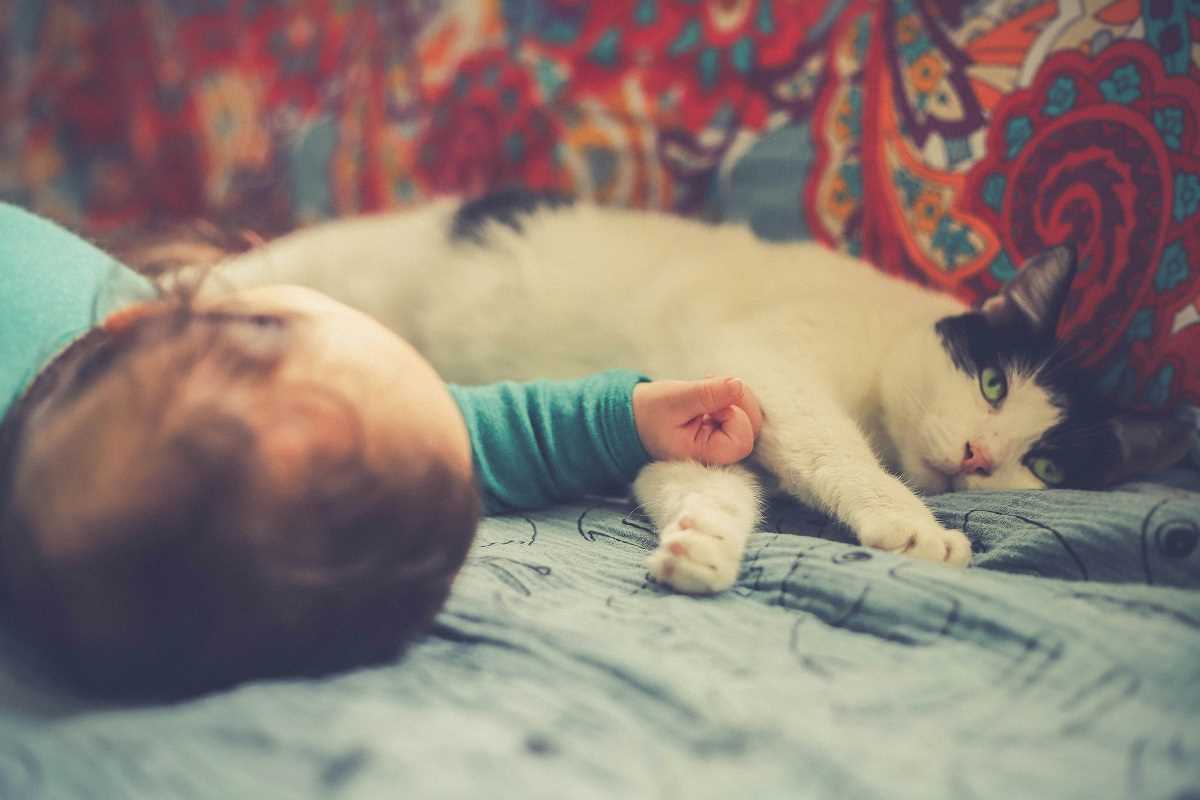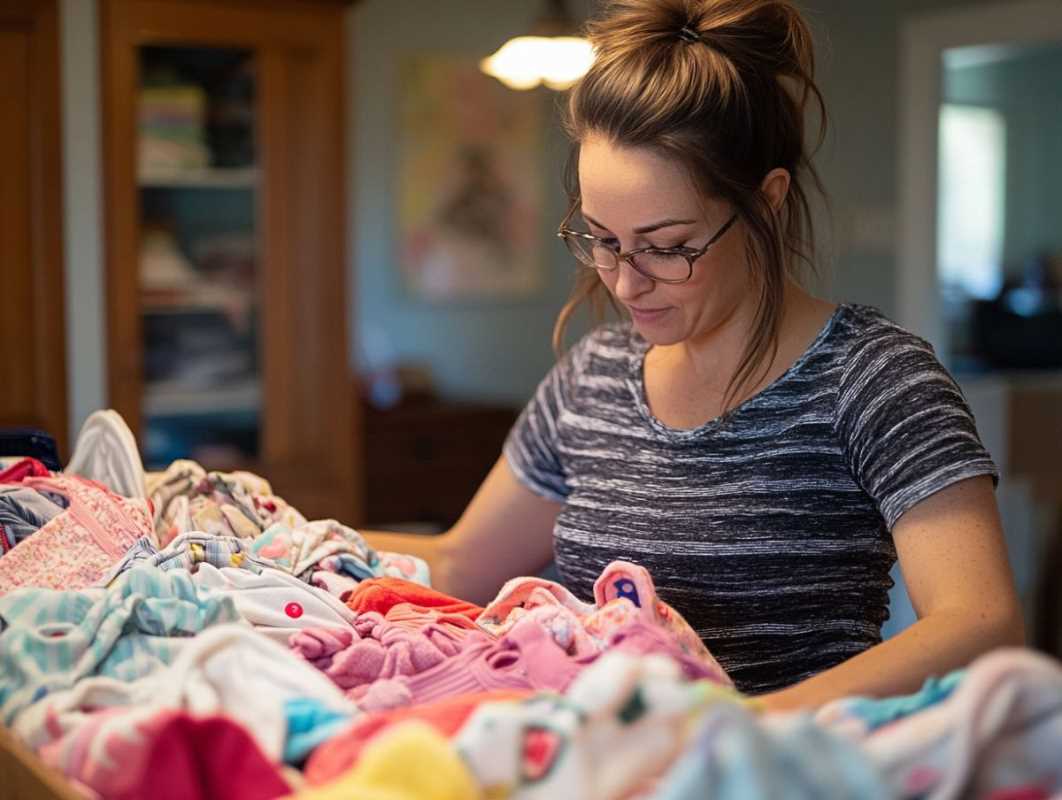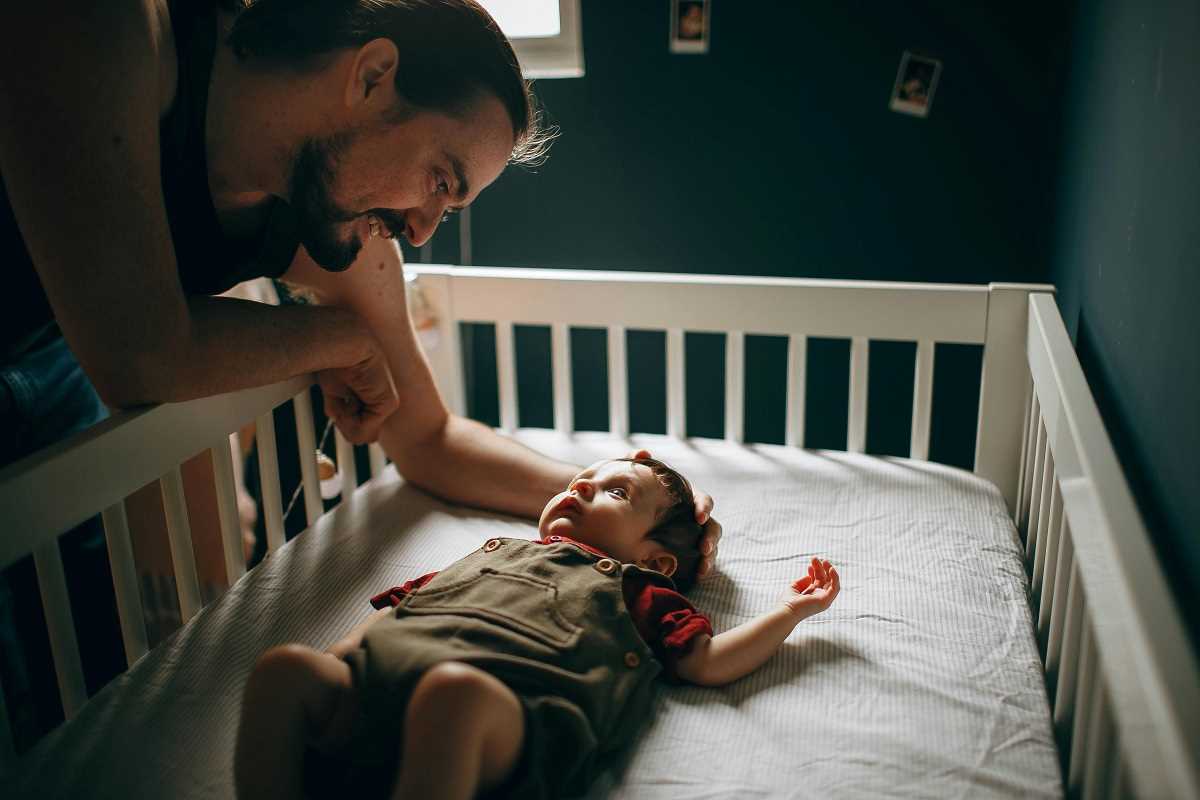Welcoming a new baby into your home is one of the most exciting times of your life. But it also comes with a big responsibility—making sure your home is safe for your little explorer. Babies are naturally curious, and once they start crawling or walking, even the most harmless-looking items can pose potential hazards. That’s where babyproofing comes in.
To help you get started, we’ve created a comprehensive room-by-room checklist to babyproof your home. This guide is filled with practical tips to create a safe space for your child without sacrificing the functionality of your home.
Living Room
The living room is often the heart of the home and where families spend the most time. Since it’s also likely packed with furniture and electronics, there are plenty of potential risks to consider.
- Secure Furniture: Anchor bookshelves, TVs, and other heavy furniture to the wall to prevent tipping accidents.
- Cover Sharp Edges: Use corner protectors or edge guards for tables, TV stands, and other furniture with sharp edges.
- Hide Electrical Cords: Bundle exposed cords and hide them behind furniture or use cord covers to keep them out of reach.
- Cover Outlets: Install outlet covers or plates on all unused electrical outlets. For outlets in use, consider sliding outlet covers.
- Control Access: Use safety gates to block access to stairs or other rooms you don’t want your baby venturing into.
- Mind the Decor: Remove any small decorative items that are choking hazards or easily breakable, like candles or vases.
Pro Tip: Get down on your hands and knees to see the room from your baby’s perspective. You’d be surprised at what catches their eye!
Kitchen
The kitchen is one of the most hazardous rooms in the house, but with a few key adjustments, it can be made much safer for your baby.
- Cabinet Locks: Install childproof locks on cabinets and drawers, especially those storing cleaning supplies, knives, or heavy pots and pans.
- Stove Knob Covers: Prevent accidental burns by placing covers on stove knobs or using a back burner whenever possible.
- Secure Appliances: Keep small appliances like toasters and blenders unplugged and out of reach. Consider securing larger appliances, such as the refrigerator or oven, to prevent tipping.
- Use a Trash Can Lock: A secured trash can helps prevent your baby from accessing trash or harmful items.
- Move Heavy Items: Store heavy or awkwardly shaped items, like cast iron pans, on lower shelves where they’re less likely to fall.
- Choking Hazards: Keep small objects such as magnets, condiment packets, or loose screws securely out of reach.
Pro Tip: Create a “safe” cabinet filled with Tupperware or plastic cups your baby can access. It satisfies their curiosity without putting them at risk.
Bathroom
Bathrooms can be particularly dangerous due to water, cleaning supplies, and sharp tools. Here’s how to babyproof this space.
- Install Toilet Locks: A toilet lock can prevent your baby from playing in the water or accidentally toppling in.
- Secure Cabinets: Use childproof locks on cabinets containing medicine, razors, or cleaning supplies.
- Non-Slip Mats: Place non-slip mats inside and outside the bathtub to prevent falls.
- Cover the Faucet: Use a soft faucet cover to protect your baby’s head during bathtime.
- Control Water Temperature: Install an anti-scald device on faucets or set your water heater to 120°F to prevent burns.
- Tidy Up: Store toiletries and bath products high up or inside locked cabinets.
Pro Tip: Always keep the bathroom door closed when not in use. A doorknob cover can make it hard for toddlers to wander in.
Nursery
The nursery is your baby’s sanctuary, so it should be a safe and peaceful space. It’s also the one area you can fully tailor to your baby’s needs.
- Crib Safety: Keep the crib free of bumpers, blankets, pillows, and stuffed animals to reduce the risk of suffocation. Ensure the crib mattress fits snugly and that slat spacing meets current safety standards.
- Anchor Furniture: Just like in other rooms, secure the dresser, changing table, and other pieces of furniture to the wall.
- Use Cordless Window Coverings: Cords from blinds or curtains are a strangulation hazard. Opt for cordless window treatments or secure cords out of reach.
- Keep the Changing Station Safe: Never leave your baby unattended on the changing table, and store wipes, creams, and powders out of their reach.
- Baby Monitor Cords: Place the baby monitor far from the crib and ensure its cords are safely tucked away.
Pro Tip: Avoid placing furniture or toys near windows or within climbing distance of the crib. Babies are natural climbers!
Common Areas
Hallways, entryways, and other shared spaces can often be overlooked during the babyproofing process.
- Use Door Stops: Door stops or pinch guards can prevent tiny fingers from getting caught.
- Protect Stairs: Install gates at both the top and bottom of stairs. Make sure they’re hardware-mounted for stability.
- Secure Rugs: Add non-slip pads under rugs to prevent trips and slips.
- Cover Radiators: If you have radiators, install covers or barriers to avoid burns.
- Watch for Décor: Remove or reposition tall floor lamps, unstable coat racks, or heavy items on ledges.
Pro Tip: Look for items like plants or shoes that babies might try to chew on and relocate them as needed.
Extras to Consider
No matter how thorough you are, new hazards can appear as your baby grows. Here are a few additional tips to stay ahead.
- Babyproof on the Go: Consider portable outlet covers or cabinet locks for visits to grandparents’ houses or vacations.
- Know Emergency Info: Keep the poison control hotline number handy and learn basic first aid for infants.
- Stay Current: Check for recalls on baby gear and toys periodically to ensure everything you own is safe.
- Regular Checks: Babies are quick learners; something safe last week might become a risk as they grow stronger and more mobile.
Pro Tip: Babyproofing is an ongoing process and will need adjustments as your little one gains new abilities.
The goal isn’t to eliminate every possible risk but to reduce hazards where you can and create a safe environment for your baby to explore. Remember, supervision is always the best safety tool, so even the most babyproofed room needs a watchful parent nearby.
Take it one step at a time, use this checklist as your guide, and before you know it, your home will be ready for all the crawling, cruising, and curious adventures to come.
.jpg) (Image via
(Image via
